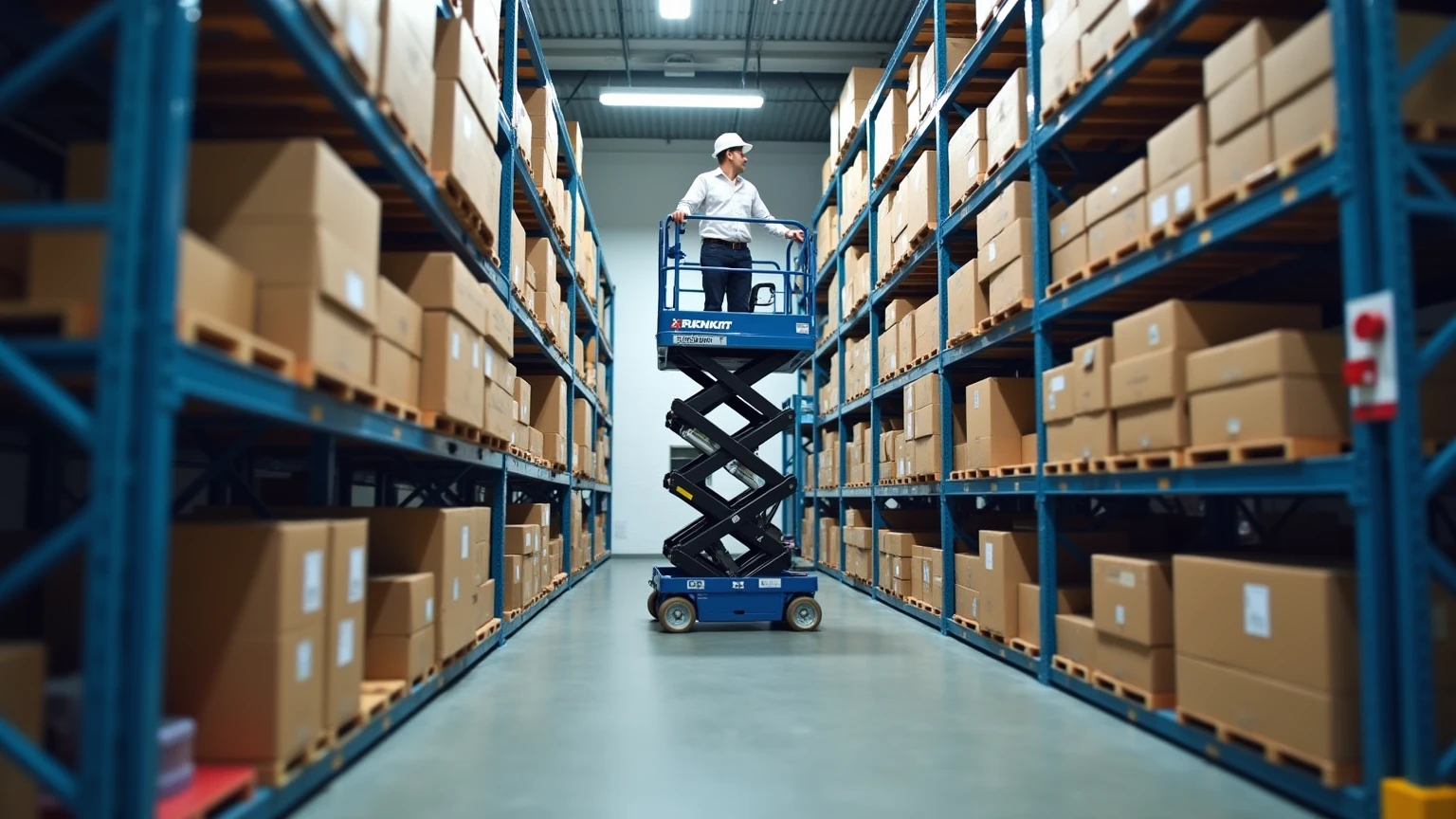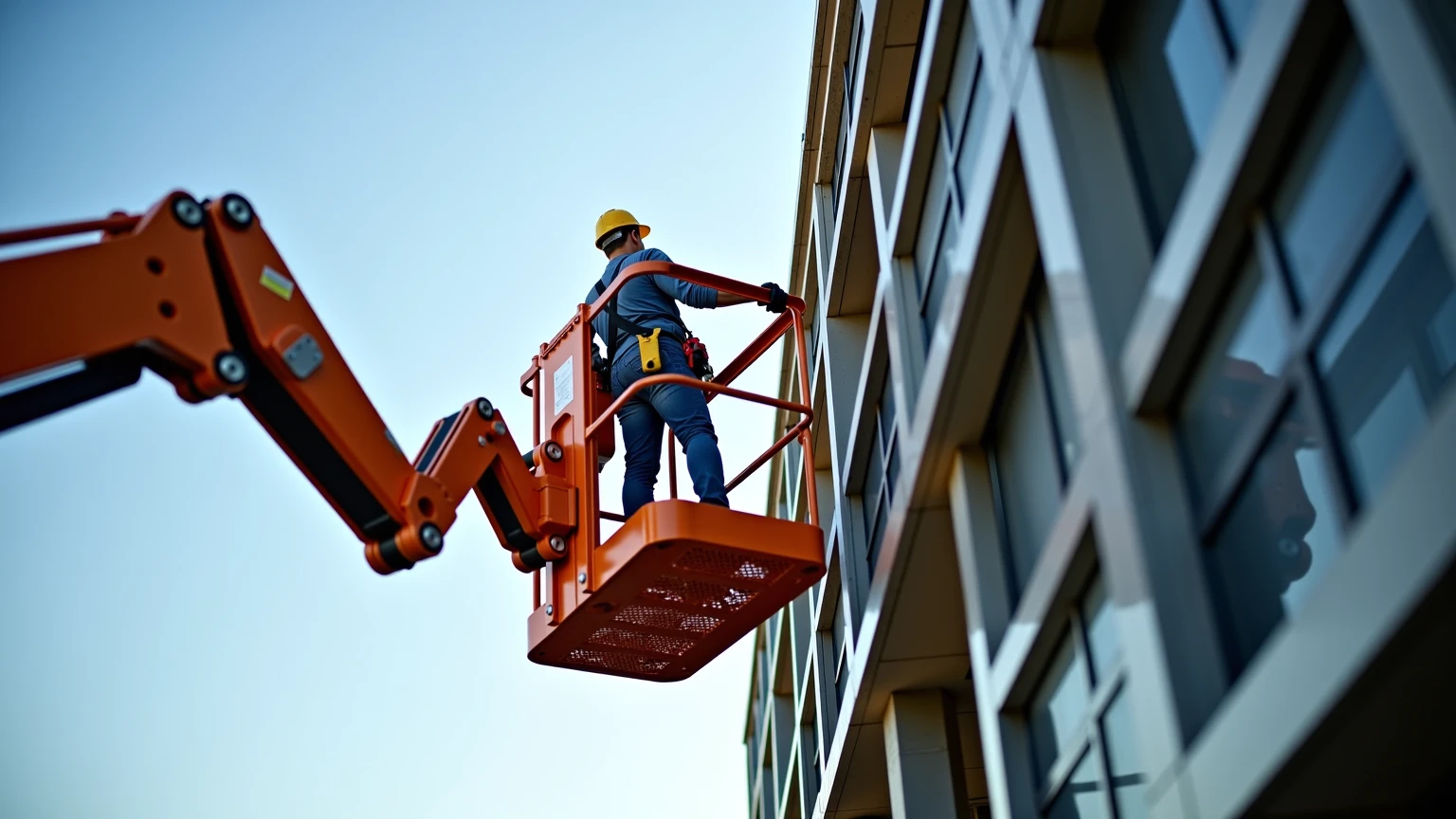In the bustling world of industrial operations, efficiency and safety are paramount. One of the essential tools that facilitate these priorities is the forklift aerial platform. In this comprehensive guide, we’ll explore everything you need to know about these platforms, their benefits, selection criteria, operational guidelines, and future trends that are shaping the market.
A fork truck aerial platform is a versatile device attached to a forklift, providing lift access for workers in high places. Commonly referred to as man baskets or aerial work platforms, these attachments elevate personnel to perform tasks that would otherwise require significant ladders or scaffolding. Originally designed for cherry picking, they are now ubiquitous in maintenance, construction, and logistics sectors.
There are several types of aerial platforms to consider, including:
When evaluating aerial platforms, consider features such as:

Safety remains the foremost concern in any workplace. Forklift aerial platforms boost safety by providing sturdy support for workers at heights, minimizing the risk associated with using ladders or makeshift supports. Their design often includes safety guards and systems that comply with OSHA regulations.
Aerial platforms allow workers to tackle tasks quickly and effectively. Transportation of tools and materials to high-access areas is simplified as workers can reach tasks directly from their working platform. This leads to reduced downtime, faster operation completion, and maximized productivity.
Beyond warehouses, these platforms find practical application in diverse industries such as:
Before selecting an aerial platform, analyze your specific requirements. Consider the nature of the tasks, the frequency of use, and the locations you'll be accessing.
Pay attention to the lifting capacity and dimensions of the platform. Each job may require a specific type or size. Selecting one that accommodates your weight and space needs will enhance safety and efficiency.
Many suppliers offer customization to ensure aerial platforms meet unique operational requirements. Whether you need additional safety features or specific load capacities, custom solutions can be beneficial.

Implementing safety protocols is crucial for successful aerial platform operation. All personnel should be trained in proper usage, including understanding load limits and safety harnesses. Periodic safety audits and compliance checks can help maintain operational integrity.
To ensure longevity and operational efficiency, carry out regular maintenance and inspections of aerial platforms before each use. Attention to detail in this area not only minimizes downtime but also ensures safety remains the top priority.
Proper operator training is crucial. Comprehensive education on handling the platform, understanding emergencies, and recognizing potential hazards will empower employees and significantly enhance operational safety.
The future of forklift aerial platforms is closely tied to advancements in technology. The integration of IoT systems for real-time tracking and maintenance alerts is already shaping modern platforms. Furthermore, remote control operations may become commonplace, enhancing safety and convenience.
With a growing emphasis on sustainability, manufacturers are focusing on creating energy-efficient models. Electric aerial platforms are growing in popularity, reducing carbon footprints while maintaining high operational standards.
As industries evolve, so will the functionality of aerial platforms. Enhancements in features like automation and advanced safety mechanisms are leading to a broader array of applications—making aerial platforms essential tools in a variety of working environments.
The weight limit varies by model but commonly ranges from 500 to 1,000 pounds. Always check manufacturer specifications for accurate information.
Yes, many aerial platforms are designed for both indoor and outdoor use, but please ensure to select a model suited for outdoor conditions.
Yes, operators of aerial platforms should undergo specific training to ensure that they understand the equipment's operation, safety protocols, and emergency procedures.
It is recommended to conduct routine inspections before each use and carry out maintenance as required—generally every six months—to maintain optimal working conditions.
Forklift aerial platforms are indispensable in modern industrial settings. Understanding their various types, benefits, operational guidelines, and future trends can help organizations enhance productivity while ensuring safety. As businesses navigate the demands of evolving work environments, investing in the right aerial platform will undoubtedly pay dividends in efficiency and safety.